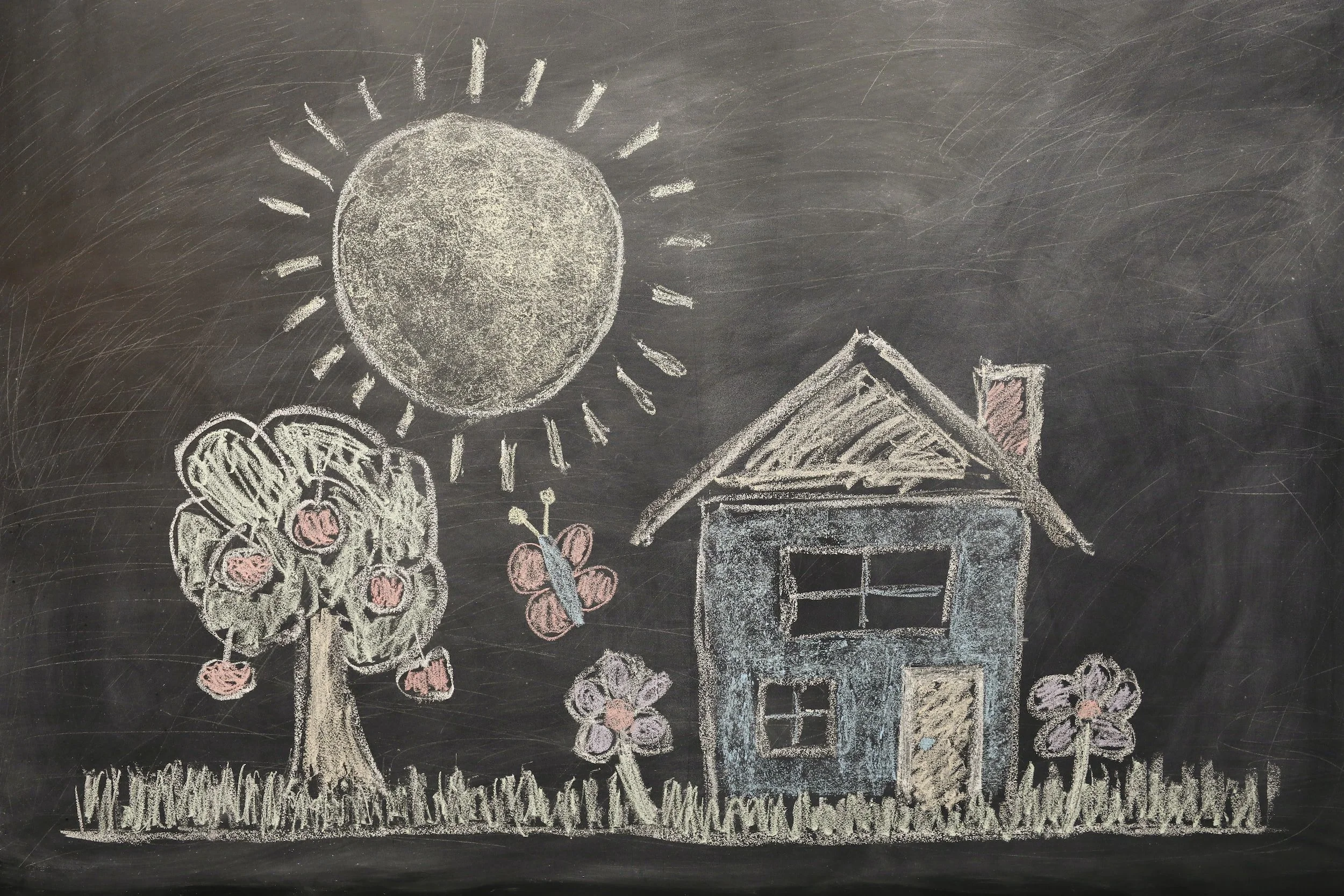It’s September and that has meant back to school for not only millions of children across the UK, but all the ‘big kids’ too - the students who are back at university to take up their places on undergrad and postgraduate courses.
It’s the first year of a true ‘back to normal’ end-of-summer/start of the school year cycle since Covid and demand has been soaring. We’ve even let a few properties in the final stages of renovation such that they’ll be occupied from Day 1!
With so many new move-ins happening, it’s a great time to go back over the basics and ask: What exactly do you need to do in order to let your property?
Read More

